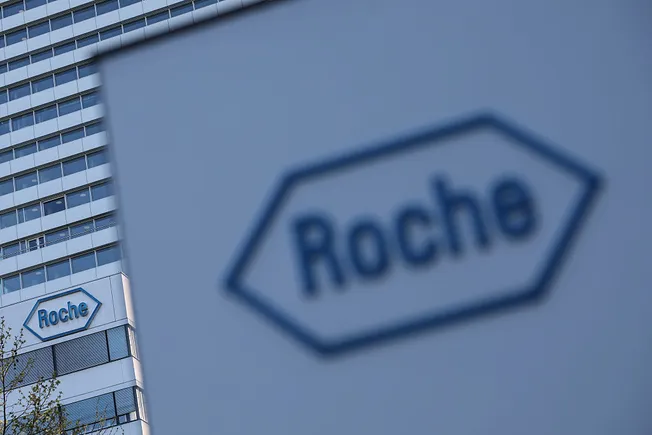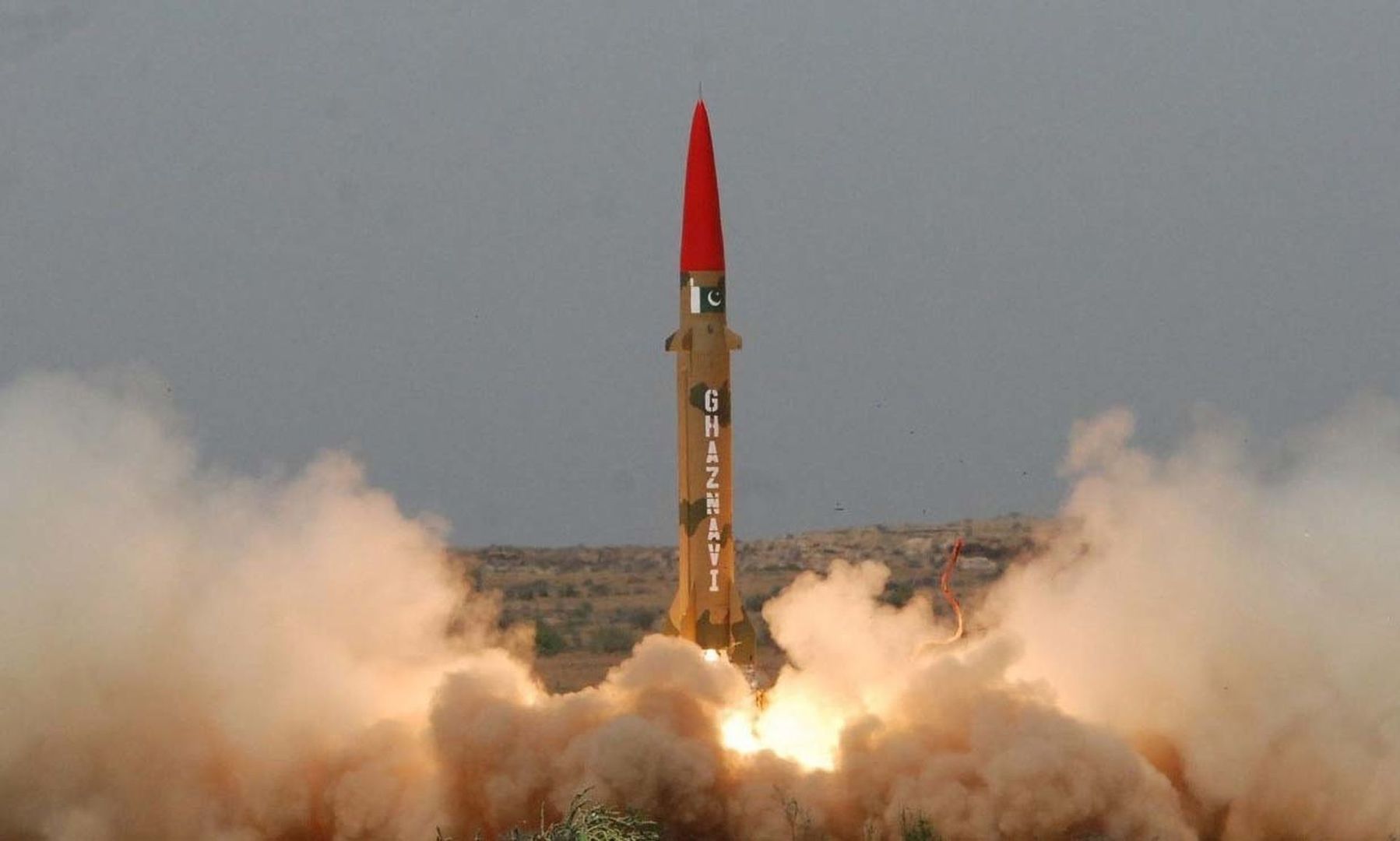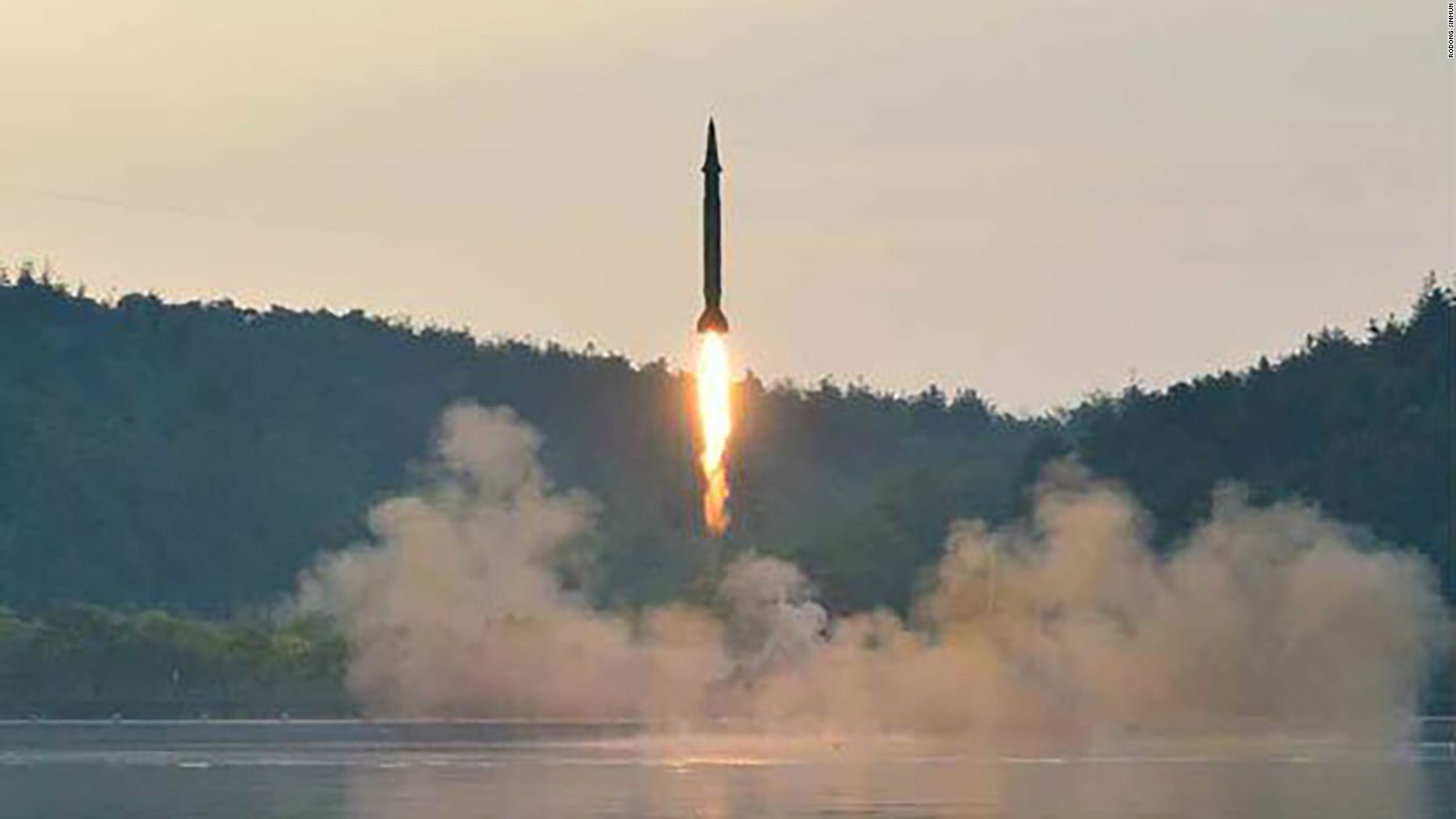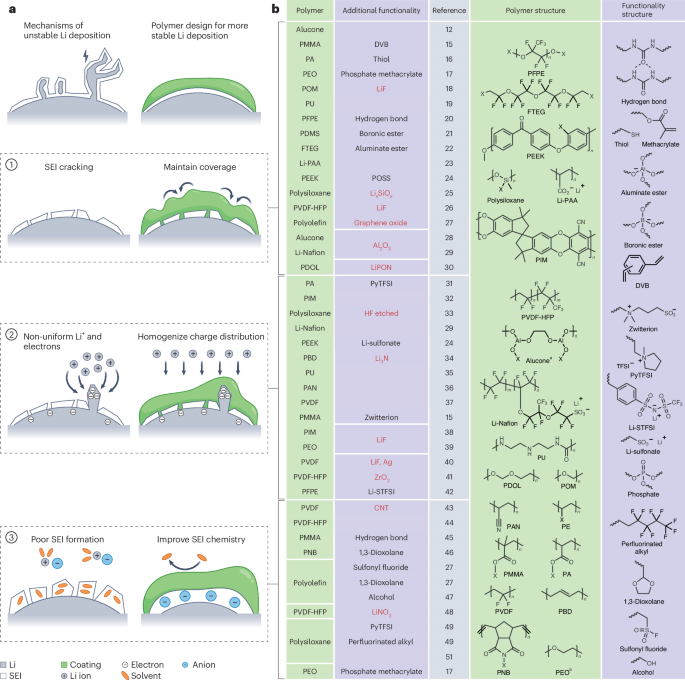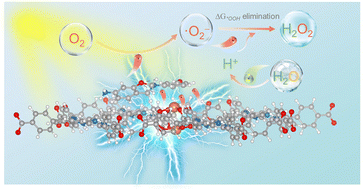Dual‐Mode Radiosensitization of Esophageal Squamous Cell Carcinoma via SOCS6‐Loaded Virus‐Inspired Manganese‐Bismuth Bimetallic Oxide Nanoparticles
Advanced Healthcare Materials, Volume 14, Issue 13, May 16, 2025.

A novel dual-mode radiosensitizer, SOCS6@vHMMn-Bi nanoparticles, can be efficiently delivered to the tumor site and rapidly penetrate tumor cells through virus-like surface-assisted adhesion following intravenous injection. Under X-ray irradiation, these nanoparticles demonstrate a unique dual-mode sensitization effect by alleviating hypoxia and exacerbating DNA damage, while exhibiting no systemic toxicity and low immunogenicity.
Abstract
Radioresistance poses a significant obstacle to controlling the recurrence of esophageal squamous cell carcinoma (ESCC) during radiotherapy. It is urgent to develop innovative radiosensitization strategies to improve the prognosis of patients with ESCC. Here, a novel dual-mode radiosensitizer: a virus-inspired hollow mesoporous manganese-bismuth bimetallic oxide nanoparticles (vHMMn-Bi) encapsulating the radiosensitizing plasmids (suppressor of cytokine signaling 6, SOCS6) is developed, designed to significantly amplify ESCC radiotherapy under hypoxic conditions. After intravenous injection, the SOCS6@vHMMn-Bi nanoparticles can be efficiently delivered to the tumor site and rapidly invade tumor cells by virus-like surface-assisted adhesion. Under X-ray irradiation, the nanoparticles exhibits a unique dual-mode sensitization effect, encompassing exogenous and endogenous mechanisms, thereby significantly augmenting the ESCC radiotherapeutic effectiveness. First, the Bi2O3 within the shell can enhance the radiosensitivity owing to its robust X-ray attenuation characteristics. Second, the SOCS6 released from the interior can inhibit both HIF-1α and JAK2/STAT3 signaling pathways, triggering ROS upregulation and intensifying radiation-mediated DNA damage inside ESCC cells. Furthermore, the shell employs MnO2 to catalyze the decomposition of endogenous H2O2 to increase oxygen generation, alleviating hypoxia within the tumor microenvironment. These nanoparticles demonstrates considerable potential as dual-mode radiosensitizers with no systemic toxicity and low immunogenicity for amplifying radiotherapeutic efficacy in ESCC.




































































